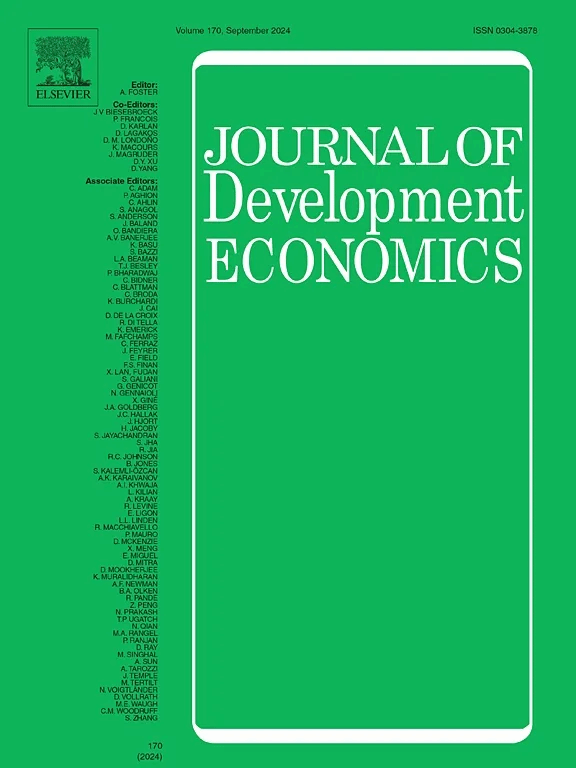
Wenjia Tian, Zhi Wang, Qinghua Zhang, Land Allocation and Industrial Agglomeration: Evidence from the 2007 Reform in China, Journal of Development Economics, forthcoming.
作者及单位:
田文佳:中央财经大学统计与数学学院
王之:复旦大学中国社会主义市场经济研究中心
张庆华:北京大学光华管理学院
内容简介
摘要:2007年,我国工业用地出让机制经历了一次深刻的改革。这次改革不仅标志着工业土地资源配置方式的重大转变,也深刻地影响了地方产业结构的优化与经济增长。此次改革的背后,蕴含着丰富的经济逻辑和政策深意。在此背景下,本文通过深入研究此次改革对企业选址决策的影响,凸显了土地分配机制在推动产业集聚方面的关键作用。改革通过提升土地出让过程的透明度,吸引了更多买家参与土地竞购。这一举措使得地方政府能够更精准地将土地分配给最合适的企业。借助涵盖初始地方产业结构、新工业企业和工业用地交易信息的综合数据库,我们进行了深入的实证分析。结果显示,改革显著促进了与当地产业专业化相匹配的行业企业的入驻,尤其在那些改革执行更为严格的地区,这一效应尤为明显。进一步的异质性分析揭示,对于那些存在大量未实现集聚经济效应或高度依赖本地化溢出效应的行业而言,改革的正面影响更为显著。此外,一个运作良好的资本市场更是为土地市场改革的影响增添了助力。证据表明,该改革对地方经济增长产生了积极影响,而这种影响很可能是通过提升当地企业的全要素生产率来实现的。
关键词:土地分配机制;透明;产业集聚;新企业选址;中国
Abstract: This paper highlights the crucial role of land allocation mechanisms in fostering industrial agglomeration by examining China’s 2007 industrial land market reform. By introducing transparency into the land-selling process, the reform facilitated more buyers to compete for land (as evidenced by increased land sale prices), enabling local governments to allocate land to the most suitable users. Utilizing comprehensive data sets that include information on initial local industrial structure, new industrial establishments, and industrial land transactions, the empirical analysis finds that the reform significantly increased the entry of firms from industries aligned with local specialization, particularly in regions that implemented the reform more strictly. Industries characterized by substantial unrealized agglomeration economies or highly localized spillover effects experienced amplified effects. A well-functioning capital market further enhanced the land market reform’s impact. Supporting evidence demonstrates the reform’s positive effect on economic growth (as evidenced by changes in nighttime luminosity), potentially through increasing local firms’ TFP.
JEL Classification: R1; R5; H7
Keywords: Land allocation mechanism; Transparency; Industrial agglomeration; Spatial distribution of new entrants; China
